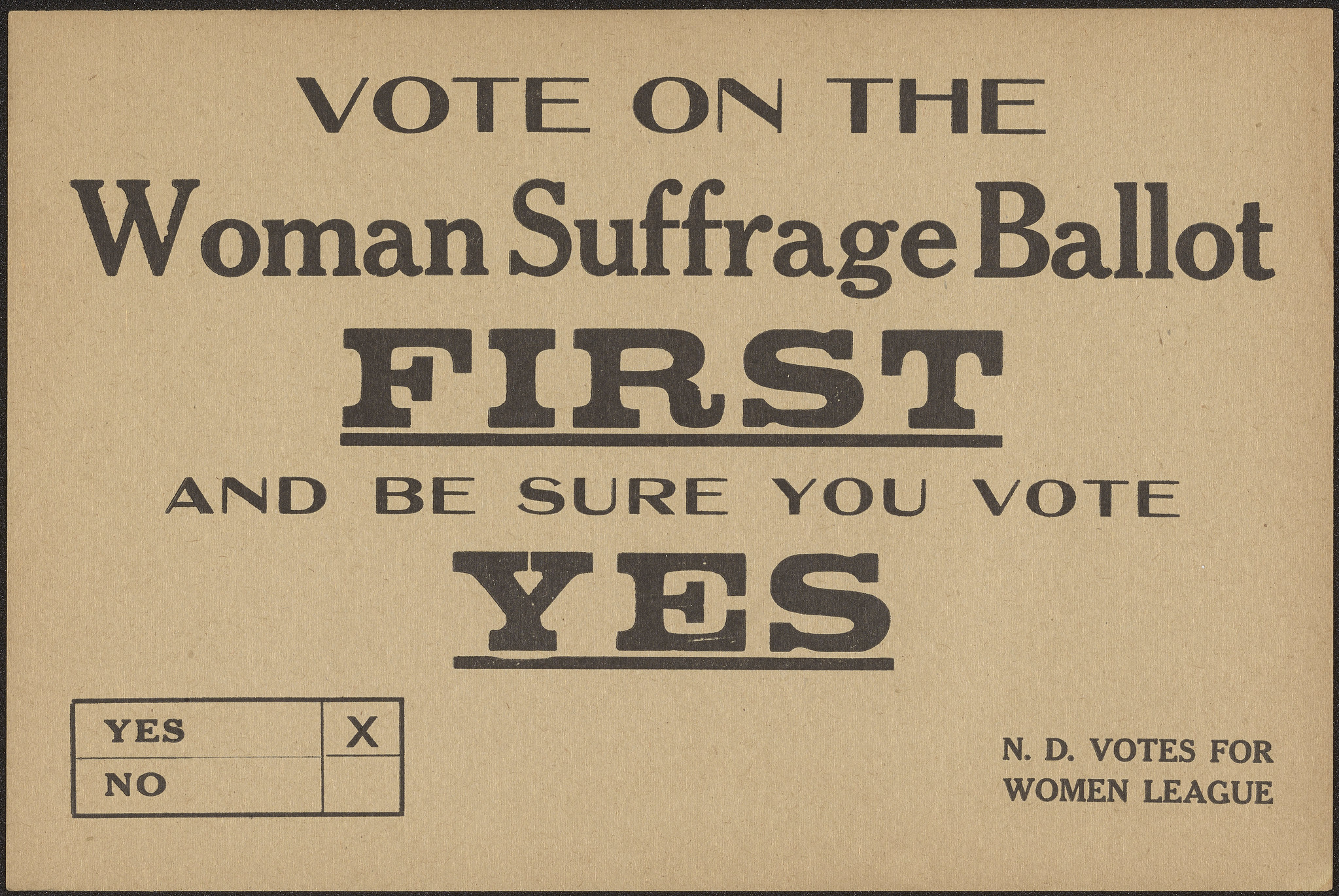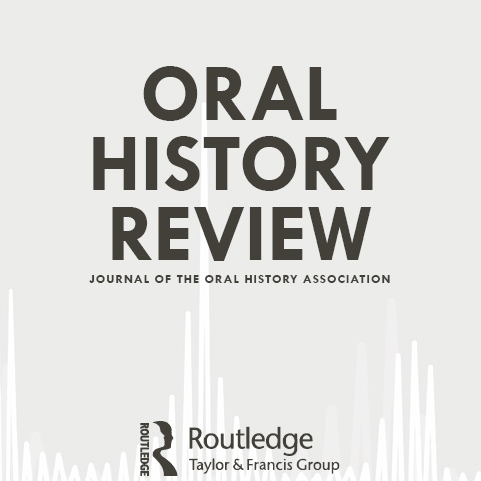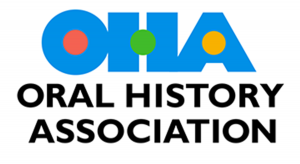Author Interview: Alison Chand on Interviews Done Twice
In our upcoming issue, Alison Chand explores what happens when the same oral history narrator is interviewed on separate occasions by different interviewers. Her findings in “Same Interviewee, Different Interviewer: Researching Intersubjectivity in Studies of the Reserved Occupations in the Second World War” shed light on concepts including memory, composure, and intersubjectivity. In our author interview, Chand tells us about what she discovered and how other oral historians might apply it.
Tell us about the interviews you conducted in this study and its context.
The interviews I discuss in this study were conducted with two men who worked in reserved occupations in the Clydeside region of Scotland during the Second World War. In 2008 and 2009, Arthur McIvor, director of the Scottish Oral History Centre at the University of Strathclyde in Glasgow and my PhD supervisor between 2009 and 2012, interviewed Henry (Harry) McGregor, born in Glasgow in 1922, who was employed as an engineer during the war for the North British Locomotive Company in Hyde Park Railway Works in the Springburn area of the city, and William (Willie) Dewar, also born in Glasgow but in 1924 and employed as a draughtsman, also for the North British Locomotive Company at Hyde Park Works. As stated in the article, after a short spell in an office job when he left school at sixteen in 1938, Harry McGregor began his apprenticeship at the age of seventeen in 1939 and completed it in 1944 at the age of twenty-two. Willie Dewar left school at fifteen and worked as an office boy for nine months before starting his apprenticeship at North British Locomotive at the age of sixteen in 1940, just as war broke out, and remained there throughout the war. He completed his apprenticeship at the age of twenty-one in 1945. The two men worked together during the war, although McGregor moved to Cowlairs Railway Works for London North Eastern Railway in 1948 for better pay, while Willie Dewar remained at Hyde Park Works. The two men were friends and knew each other well. Both referred in their interviews to attending dances together as young men and engaging in other social activities after the war and they maintained their friendship over the intervening years, through 2010, when the last of the interviews were carried out. Arthur McIvor interviewed these two men at a very early stage of a project examining the experiences of civilian working men in wartime Britain, with a focus on the impact of being unable to join the armed forces on male identities. In 2017, this project culminated in the publication of Men in Reserve: British Civilian Masculinities in the Second World War, written jointly by Juliette Pattinson, McIvor, and Linsey Robb. The book offers an in-depth exploration of these men’s experiences and shifting sense of masculinity.
In 2010, I reinterviewed McGregor and Dewar as part of my PhD project, which McIvor and Juliette Pattinson supervised at the University of Strathclyde, exploring the wartime experiences of men in reserved occupations in the Clydeside area. Like McIvor, I was looking to explore the impact on the masculinities of such men as a result of being unable to join the armed forces, but my work examined this issue in a specific geographical area of Britain. As part of this process, I read through the transcripts of McIvor’s interviews with McGregor and Dewar. I therefore found myself in a position to compare my interviews to his, even though, as I indicated, the interviews were guided by different research interests. Booth McIvor’s questioning and mine covered overlapping subject areas of interest—for example, the impact of being in reserved occupations on masculinities, men’s reactions to the process of reservation, and how they constructed their masculinities. McIvor’s questioning often focused on health and safety in the workplace and men’s physical experiences of their work, both of which reflect a key concern in Men in Reserve about how reservation affected the male body, as well as his broader research interests in the male body at work. My questioning frequently focused on regional experiences of work and life, specifically in Clydeside, with some questions aimed at unpacking issues related to wider subjectivities, social relationships, and everyday life; I was also interested in the intersections between cultural influences on men working in reserved occupations and the everyday lives they led in their specific local communities. These differences between my work and McIvor’s prompted my decision to reinterview McGregor and Dewar; our common focus on the impact on masculinity of working in a reserved occupation meant that a number of the questions I asked and topics I explored were similar to McIvor’s, offering a rare opportunity for comparison.
What was the most striking part of your findings?
Particularly interesting for me was that the two interviewees constructed their responses to questions Arthur McIvor and I asked them in the context of the different intersubjective relationships in the interviews but these were also influenced by a range of factors involving the cultural circuit in relation to the reserved occupations and civilian men in Second World War Britain. The interplay of these factors meant that the two interviewees also, to an extent, felt prepared for their interviews with me following their interviews with Arthur McIvor. The cultural circuit and factors such as public and collective memory, the passage of time since the end of the war and the general absence of men in reserved occupations from official and cultural discourses since then interplayed with their experiences in their interviews with Arthur McIvor and the intersubjective relationship between interviewer and interviewee to affect their responses in their subsequent interviews with me. Both interviewees still felt the need to compose their memories of wartime to take account of a lack of recognition and understanding of their reserved roles, and I felt that preparation and composure therefore had more influence on their testimonies than factors relating to intersubjectivity between interviewer and interviewee.
Should oral historians make an active effort to revisit the subjects of different interviews?
For me, there is definite value in repeat interviews and revisiting the subjects of previous interviews. Joanna Bornat has written in detail about some of the advantages and pitfalls of revisiting oral history interviews with secondary analysis in mind, and I think that her observation that fresh readings of documents help us to consider different interpretations, connections, and perspectives remain relevant. I also think that repeated interviews have the potential to yield more developed and in-depth testimony from interviewees, particularly where public perceptions of events and cultural memory change over time, as Alessandro Portelli has noted, so this approach could certainly be used more often in future historical research. Indeed, it is an approach that has been taken in recent oral history research such as the September 11, 2001, Oral History Narrative and Memory Project, created by the Columbia Center for Oral History. As part of my own current research project, ‘Rainbows in the Windows: An Oral History of Young Families in Britain in the COVID-19 Pandemic,’ for which I am currently collecting remote interviews, I also plan to carry out repeat interviews to consider the effects of the passage of time on narrative construction and oral testimony.
How might collaborative oral history projects benefit from multiple sessions with different interviewers?
A particularly interesting aspect to my findings was that the two different intersubjective relationships in the two sets of interviews discussed were intricately intertwined with a range of other factors, including the cultural circuit, preparation for their interviews, and composure. Interviews carried out by different interviewers with the same interviewees on the same or similar subject areas, particularly with interviewers from different backgrounds and disciplines, have huge potential to explore new complexities and nuances. Different interviewers might be able to discuss distinct areas of an interviewee’s past and prompt an interviewee in different ways. Projects may be able to consider a wider range of meanings than with the involvement of only one interviewer. Multiple sessions with different interviewers will also shed more light on oral history practice itself, particularly on the nature of intersubjectivity.
How should oral historians apply your findings to their work?
I hope that the findings revealed in the article develop and enhance understandings of oral history methodology beyond awareness of the intersubjective relationship that exists between interviewer and interviewee during an oral history interview. Oral historians can take these ideas forward by exploring the notion that intersubjective relationships play out in a variety of ways in different interviews, particularly when a different interviewer talks to the same interviewee on the same subject area, and also considering the impact of the interplay between different intersubjective relationships and other factors involved, such as the cultural circuit. I think that understanding and development of these ideas can ultimately lead to more in-depth exploration of themes within oral history interviews and projects.
Can your conclusions be applied to other research approaches?
I certainly think that there is scope for more in-depth exploration of the meanings of events for individuals and communities, and indeed of issues arising in other kinds of interviews, via the involvement of different interviewers in talking to the same interviewees. Oral history and the techniques involved already intersect with methodologies in a range of different fields of study, including anthropology, psychology, family history, reminiscence, family history, law, tourism, creative performance and journalism. All of these areas might make use of an interviewing methodology for different reasons and with varying agendas, but the intersubjective relationship between interviewer and interviewee lies at the heart of any interview and incorporating multiple sessions with different interviewers into any of these areas has potential to substantially extend the scope of what can be explored and revealed, extending the limits and possibilities of what we can glean from an interview.
Alison Chand is a tutor at the Scottish Oral History Centre (SOHC) at the University of Strathclyde in Glasgow, Scotland, and a lecturer in history at the University of the Highlands and Islands. She also works as a freelance oral historian in various interviewing, transcribing, and advisory capacities. She completed her PhD, focusing on the experiences of men working in reserved occupations in Clydeside during the Second World War, at the SOHC in 2012; she has published a monograph based on her PhD thesis, entitled Masculinities on Clydeside: Men in Reserved Occupations During the Second World War (Edinburgh, SL: Edinburgh University Press, 2018). She is currently undertaking research funded by the British Academy/Leverhulme into how parents with young children are experiencing the COVID-19 pandemic.
Featured Image: detail of “Join the British Legion Now,” by Clive Upton, Imperial War Museum collection.
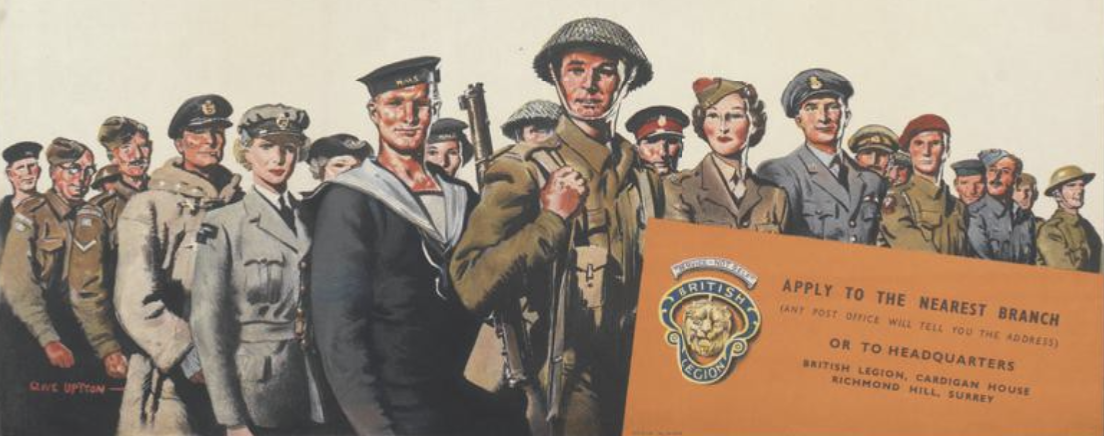
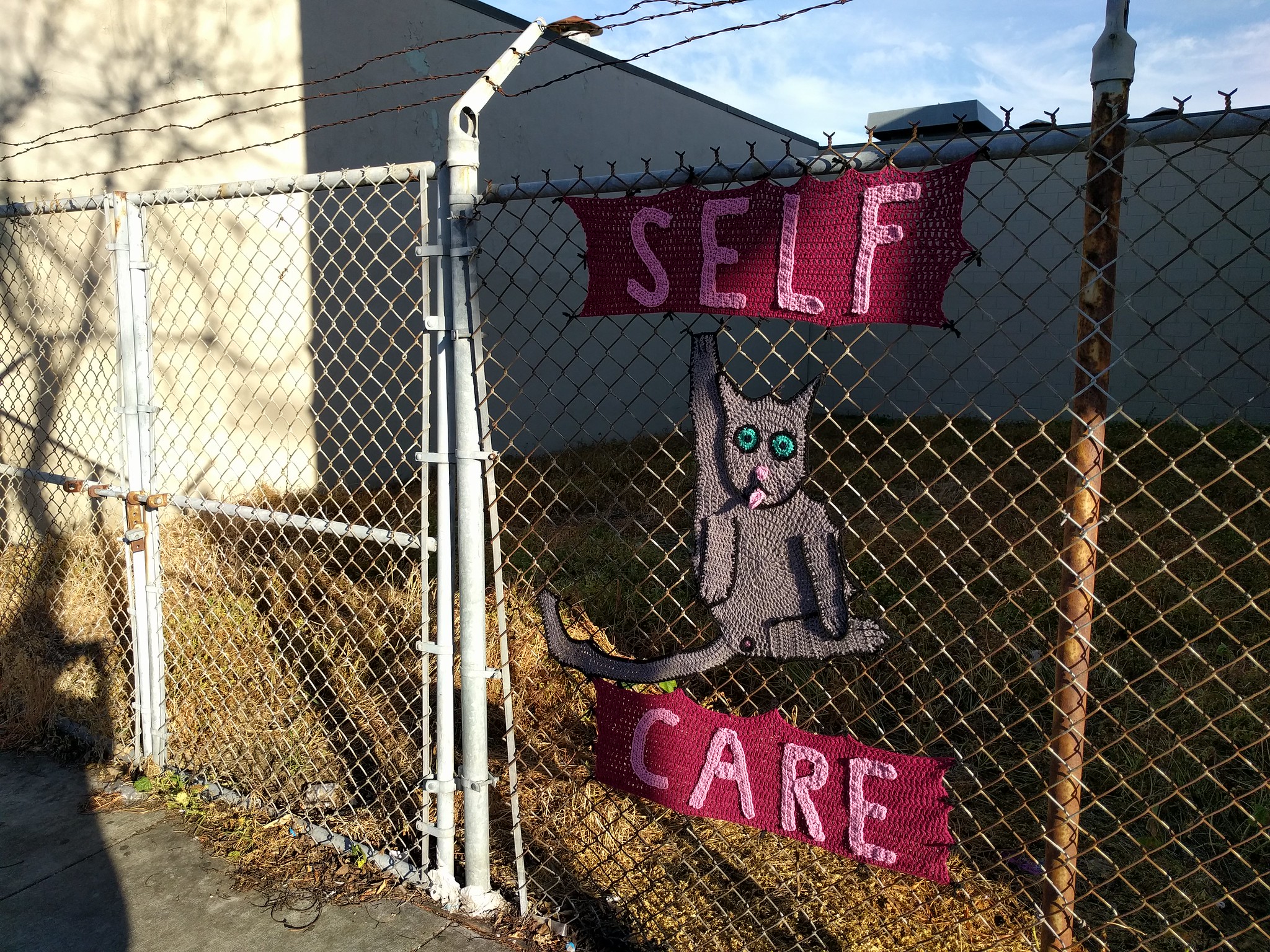

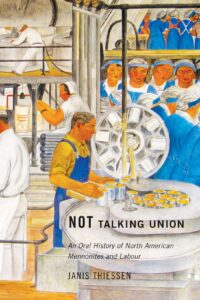



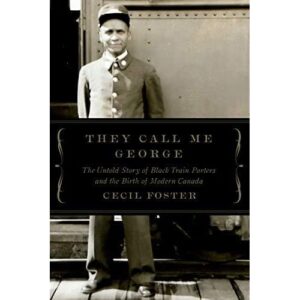

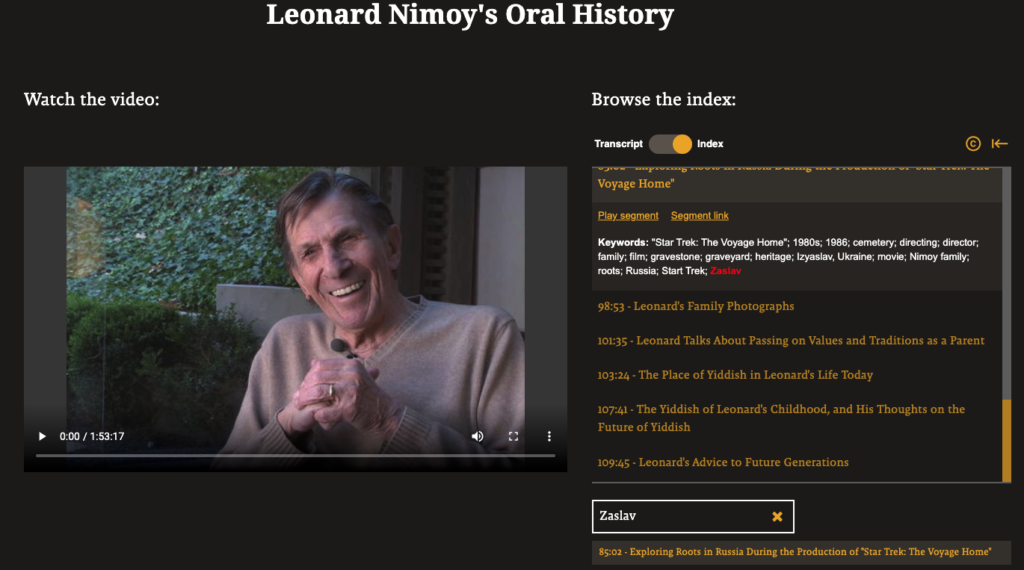


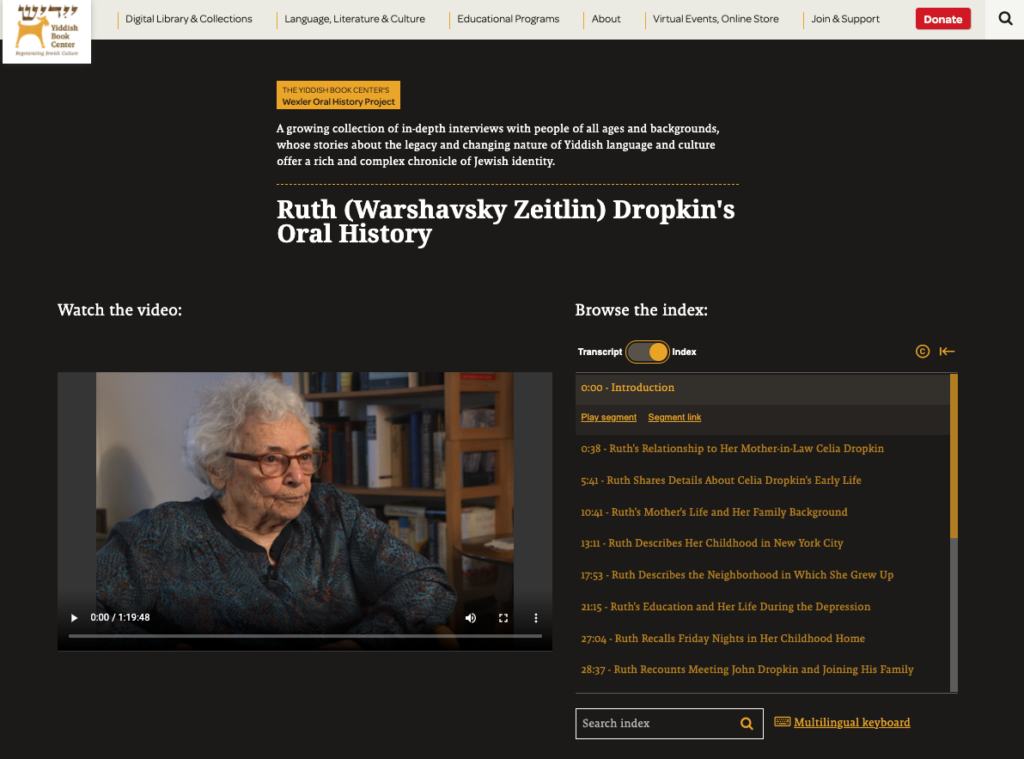


 I conceived of Say and Seal while revising the transcript of my interview with Adam Haliburton, Graduate Fellow of Saybrook. In June 2020, I spoke to Adam as part of an interview series for
I conceived of Say and Seal while revising the transcript of my interview with Adam Haliburton, Graduate Fellow of Saybrook. In June 2020, I spoke to Adam as part of an interview series for 

